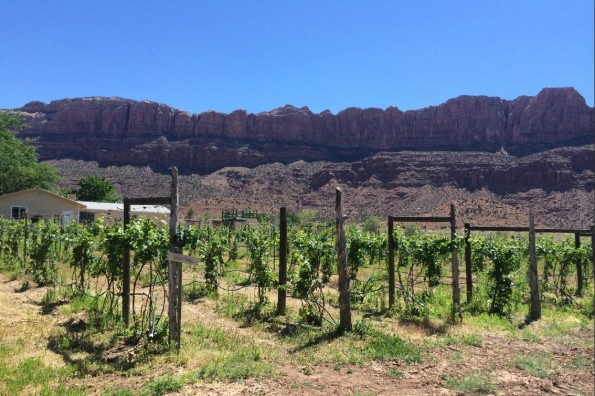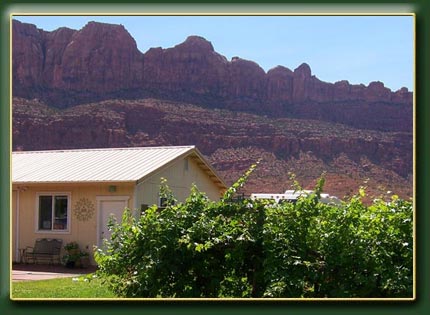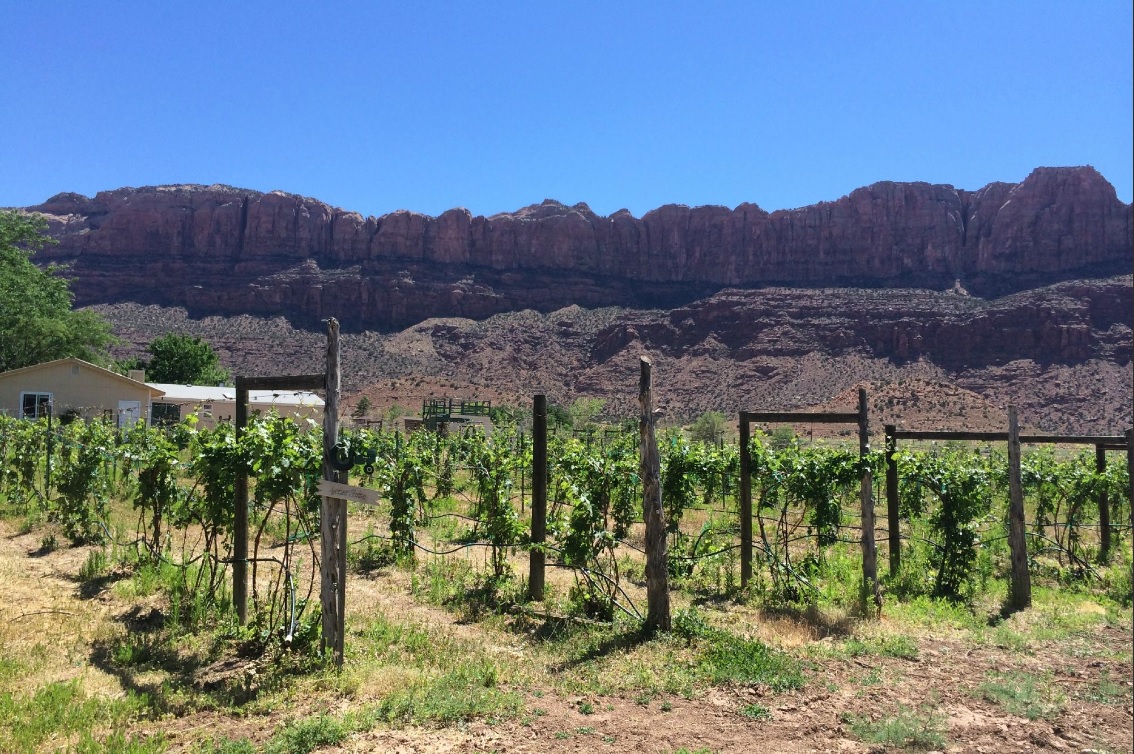 A few years ago Curt Stripeika planted grapevines at his home in Cottonwood Heights and started producing wine with his harvest. He enjoyed working outdoors and literally enjoying the fruits of his labors. After years of working in the city as a structural engineer, driving working behind a desk and computer all day, he wondered if he could possibly make a career out of farming and producing wine, working outdoors in the sunshine and producing a fine hand-crafted product a career.
A few years ago Curt Stripeika planted grapevines at his home in Cottonwood Heights and started producing wine with his harvest. He enjoyed working outdoors and literally enjoying the fruits of his labors. After years of working in the city as a structural engineer, driving working behind a desk and computer all day, he wondered if he could possibly make a career out of farming and producing wine, working outdoors in the sunshine and producing a fine hand-crafted product a career.
Curt and his wife, Alesia, started looking at properties. They found a vineyard for sale in Moab in need of a lot of care. The Stripekas along with their two children, Hannah and Alexa, took the plunge and moved there to give it a shot. His wife Alesia found a job at the hospital and Curt was able to maintain some work consulting in engineering. Now after just two years Curt’s wines are already receiving attention. They are working long hours to keep up with the demand.
Curt’s passion is evident when he talks about his business, Spanish Valley Vineyards and Winery, “It’s a small winery, we’re tiny, there’s always something that has to be done. I want to redo the tasting room, I want to put in a wall here. Make it a little bit nicer, but people actually like to come in here. Most wineries are posh and they’ve got lots of money and stuff, we’re not like that. But some people say they like how they can see the entire operation when they come and visit.”
The Stripekas just added a pizza oven that runs 750 to 800 degrees and will cook a pizza in about 40 seconds. They plan on using the canes cut from the vineyard to fire the oven.
The vineyard is over five acres and planted varieties of grapes for different wines. They grow Cabernet, Syrah, Gewurztraminer and Riesling. They expect to use 100 percent of their own grapes for the Cabernet, Riesling and Gewurztraminer wines.
Curt explains, “Moab’s soil is ideal for vineyards having no real no clay content. It’s a real fine grain, silky sand, so it’s fairly free draining and that’s what grapes like. They don’t like clay.” Curt adds, “ You can’t produce good wine from crappy grapes, it just doesn’t work. There’s a lot of things to consider, things like crop management, pest control, and irrigation. That’s a big, big one. Knowing when to harvest is a very important skill.”
Curt prefers to use his own grapes for the wines he produces. That way he has more control over the finished product. He feels a lot of farmers don’t really care about their grapes the way he does, “They’re just producing grapes and saying ‘they look good, let’s harvest.’” He is totally hands-on. He checks his grapes constantly and has learned that even the time of day you harvest makes a difference in the quality.
Curt is happy with his new life and says, “Now this isn’t Napa Valley and no we’re not going to command $100 for a bottle of wine, no way. We’re not going to get that. But I still think that this is a very good wine region.” Curt is now taking his craft to  the next level taking classes at one of the best universities for viticulture in the world at University of California Davis.
the next level taking classes at one of the best universities for viticulture in the world at University of California Davis.






